Cottagecore interior design has seen a rise in popularity due to the pandemic, but it had been trending even before that.
But what does the now-famous cottagecore aesthetic consist of? Whether you’re planning on kitchen remodeling, restaurant interior design, or just an overhaul of your living room, this article is for you.
Table of Contents
Introduction: What is Cottagecore Interior Design?
Cottagecore can partially be traced back to European nobility seeking an escape from reality through ornamental farms.
Today, however, the cottagecore aesthetic is largely a product of a certain internet culture. You can expect natural materials, indoor plants and floral prints by the bucket, all coming together to present a kind of idyllic pre-industrial space.
Having said that, historical accuracy is not necessarily relevant to the cottagecore trend. Cottagecore, in general, encapsulates a desire to find satisfaction in self-sustenance and simplification of one’s life. This is paired with romantic, nature-inspired designs, rustic touches, and cozy spaces.
As a lifestyle, cottagecore involves self-reliance, which includes things such as making your own products instead of buying mass produced ones, whenever possible. However, for the purposes of this article, we will be focusing on cottagecore interior design.
Elements of Cottagecore Interiors
Cottagecore architecture should involve utility, comfort, and plenty of natural light. Even if “self reliance” is not something you have the time for, your cottagecore decor will still involve things like dried herbs on display in the kitchen or wicker baskets on your front porch.
Despite encouraging a pared-down way of living, cottagecore is not to be confused with minimalism, which focuses on clean lines and negative space. On the contrary, cottagecore embraces a kind of cozy clutter, such as stacks of books left on bedside tables, jars left out on counters, and baskets full of yarn balls kept next to rustic wooden furniture.
1. Natural Materials
Is it any wonder that biophilia is part of cottagecore interior design? While it adds a touch of freshness, it is also balanced by the warmth of the overall cottagecore aesthetic.
Some plants that you can add to your interiors include aloe vera, banana palm, Boston fern, devil’s ivy, and English ivy.
You may also want to consider certain elements such as:
- Wicker
- Hemp
- Wooden stools
- Wool blankets
- Fresh linens
- Macramé pieces
- Gingham prints
- Bamboo
- Exposed brick
- Stone (See the latest stone trends for inspiration)
- Rattan
- Shells
- Recycled materials
2. Vintage or Antique Furniture
This is one of the most essential elements of cottagecore interior design. For best results, go for a French influence or rustic farmhouse look.
Vintage furniture and decor will help to create that nostalgic look that people love about cottagecore. Think dressers with hutches, vintage porcelain, reclaimed furniture, and antique or vintage-inspired furniture. Styles of such furniture include Chippendale, William and Mary, and Queen Anne.
For wooden pieces, you can get exactly the look you want with the help of millwork shop drawings.
If you’ve got faded fabric, chipped paint, or distressed wood, don’t worry about it. They all add to the charm.
3. A Particular Color Palette
The cottagecore color palette largely includes pastels and neutrals. It’s not a rule – bold colors can be incorporated – but it’s what’s common.
Consider colors such as mint, sage, eggshell white, soft pink, stone, pale blue, cream, and beige. These don’t have to go up on your walls – you can incorporate them into your furniture and decor.
4. Kitchen Utilities and Elements
Some elements you can use in your kitchen include:
- Butler’s sink
- Sheila maid
- Traditional enameled range cooker
- Farmhouse kitchen table
5. A Lived-in Space
Nobody likes an abundance of clutter, but having a lived-in look is part of cottagecore interior design. Much of this comes simply from leaving out certain pieces as decoration, such as nice cookware, hardbound books, and jars.
Make sure there’s a method to the madness, though, or you’ll just have a mess instead of a cozy feel.
6. Go DIY
Little encapsulates the spirit of cottagecore more than DIY projects. You might consider:
- Growing a garden (it doesn’t have to be large)
- Creating a compost pit
- Cross-stitch wall hangings
- Pressed flowers
If you have the space, you can also get some inspiration from our outdoor living architecture trends.
Cottagecore vs Farmhouse Style vs Shabby Chic
To a certain extent, all these three styles overlap in some aspects, and it can be easy to confuse one for the other. While there are no hard and fast rules, there are some elements that are more common certain styles.
Shabby chic, in particular, is very close to cottagecore with only minor differences.
Farmhouse style:
- Makes use of both vintage and modern elements.
- Tends to focus on white and neutral tones more than pastels.
- Focuses more on woody elements, whereas cottagecore focuses more on fabrics.
- Has a mix and match style, while cottagecore tends to match elements.
Shabby chic:
- Has a more “worn and torn” look than cottagecore.
- Uses heritage colors such as pale greens, duck egg blues, and green whites.
- Also uses some less “feminine” fabrics and elements, such as denim, sailcloth and burlap.
- Defined more by coziness than by countryside and self-sustained living.
Conclusion
We hope this article has given you an insight into how to incorporate cottagecore elements into your interior design.
No matter the style that you wish to bring to life for your architectural, interior design or construction project, you’ll require photorealistic 3D rendering services.
BluEntCAD serves homebuilders, real estate developers, interior designers, architects, home renovators, design build contractors and remodelers for large to medium sized hospitality, residential and commercial projects.
Ready to make your project a success with the help of an architectural rendering company? Contact us now!


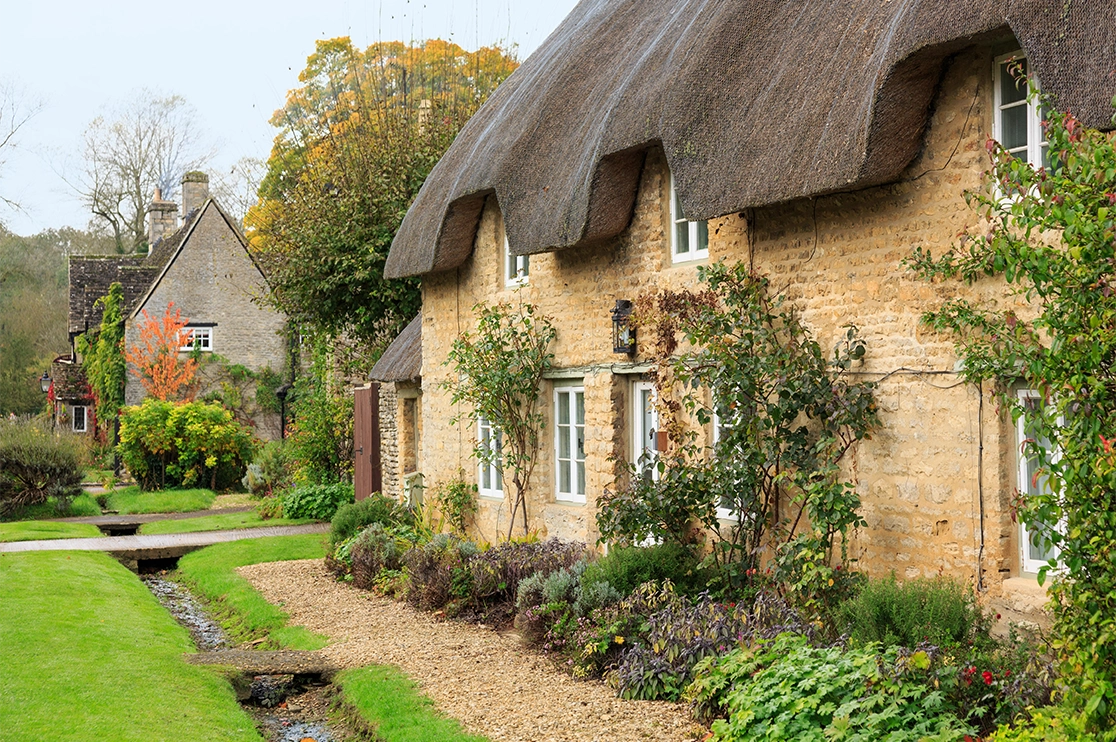

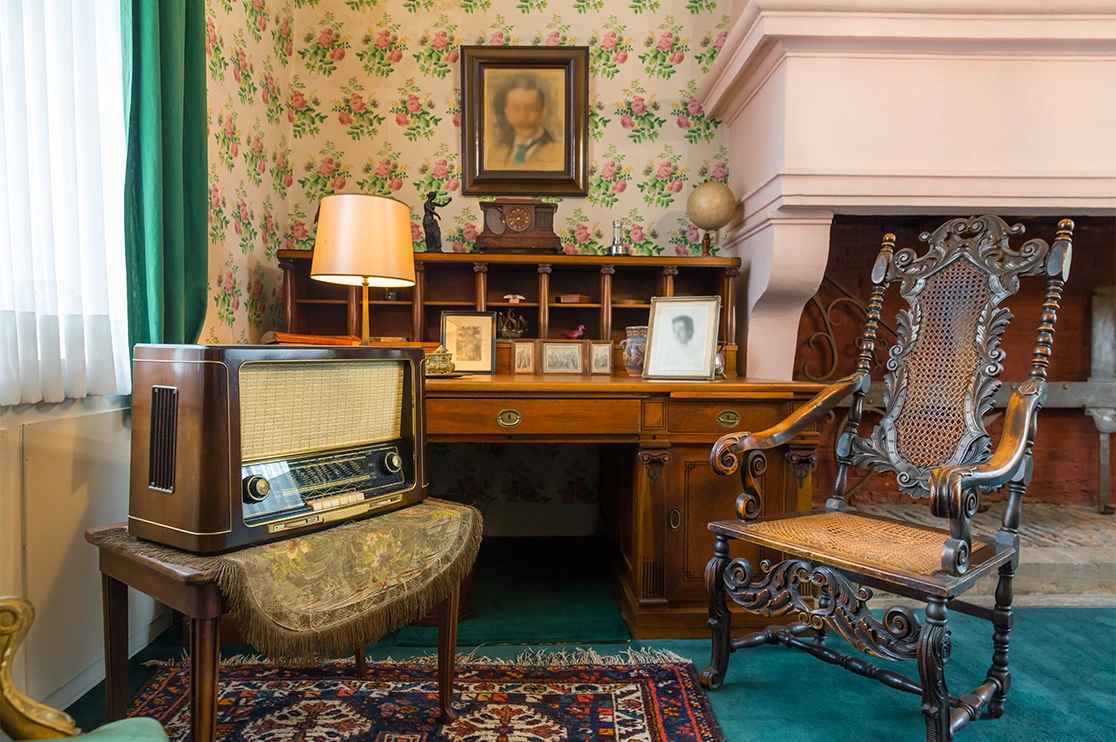
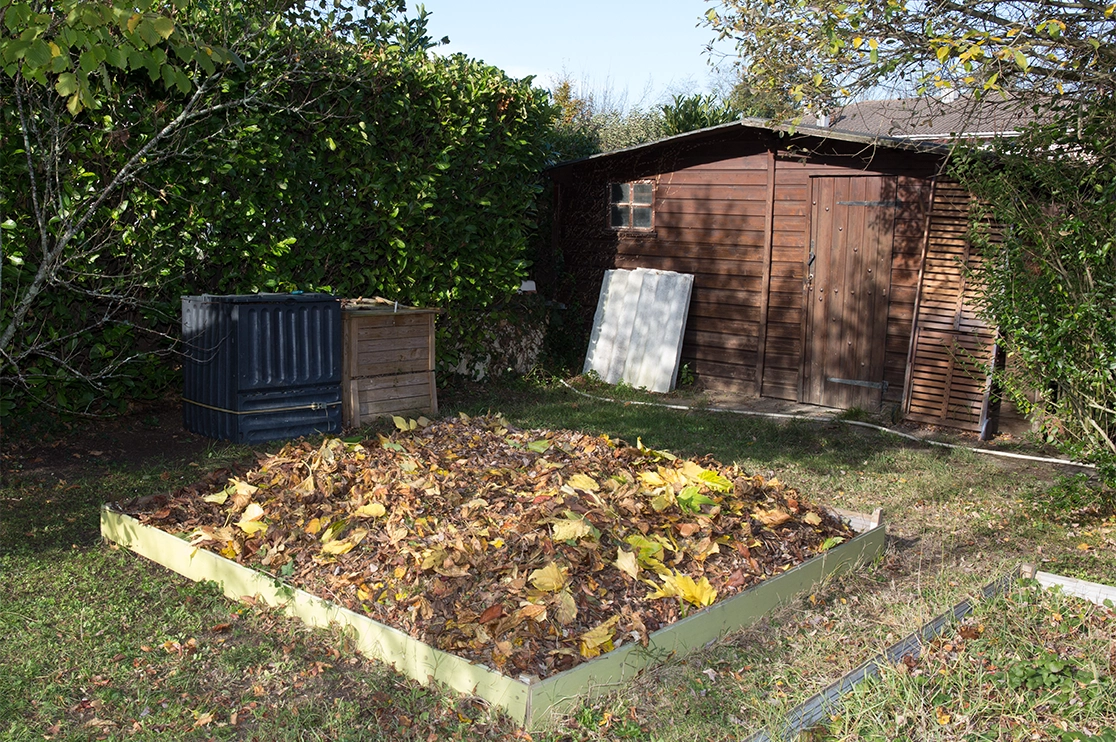

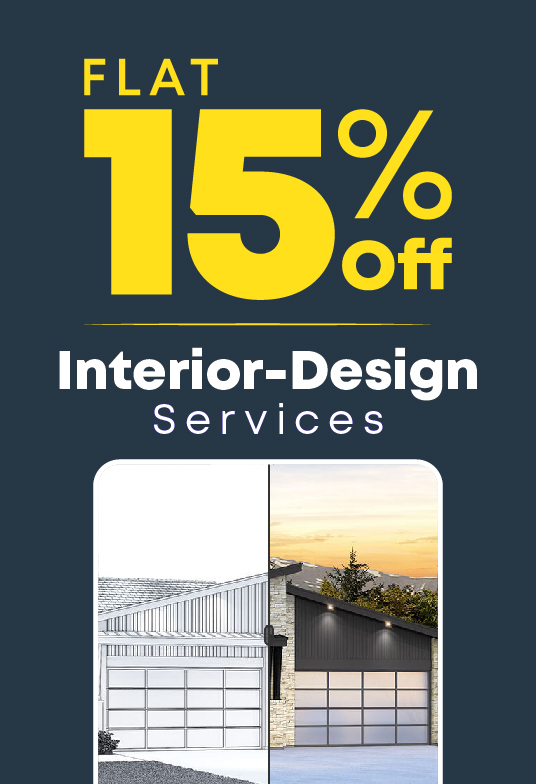
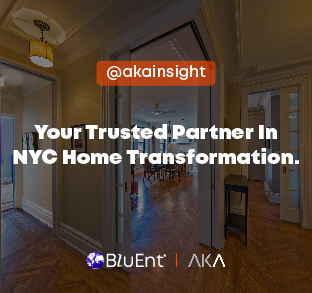

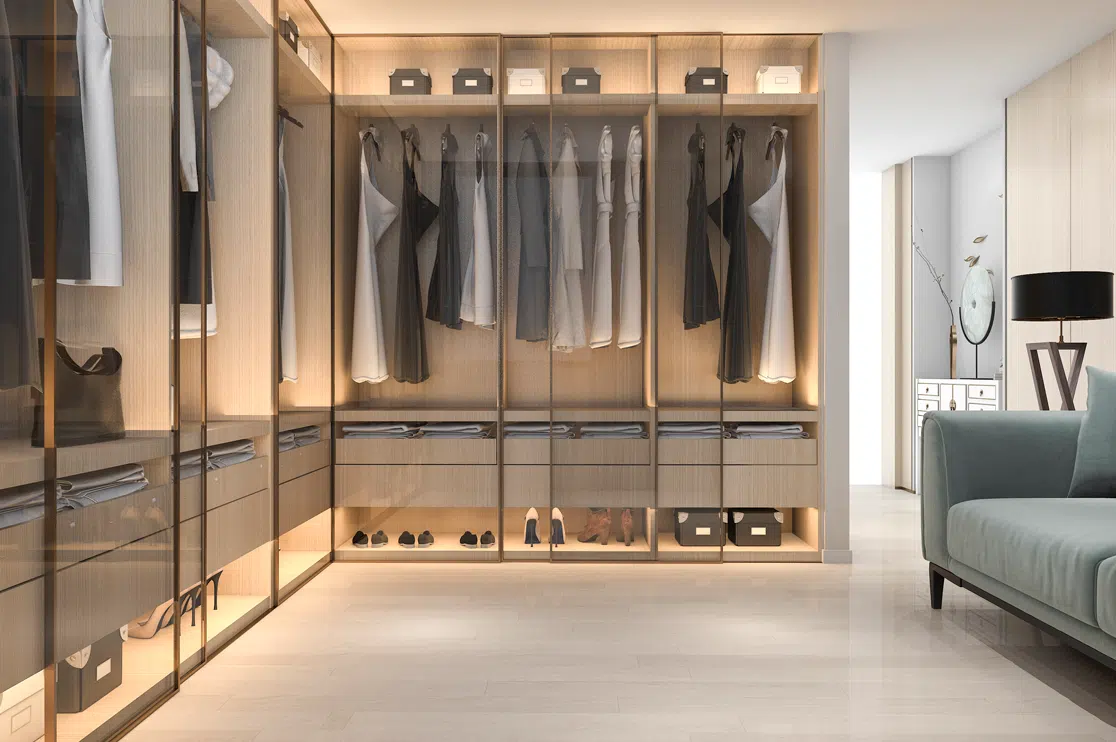 Best 3D Custom Wardrobe Designs for Your Bedroom
Best 3D Custom Wardrobe Designs for Your Bedroom 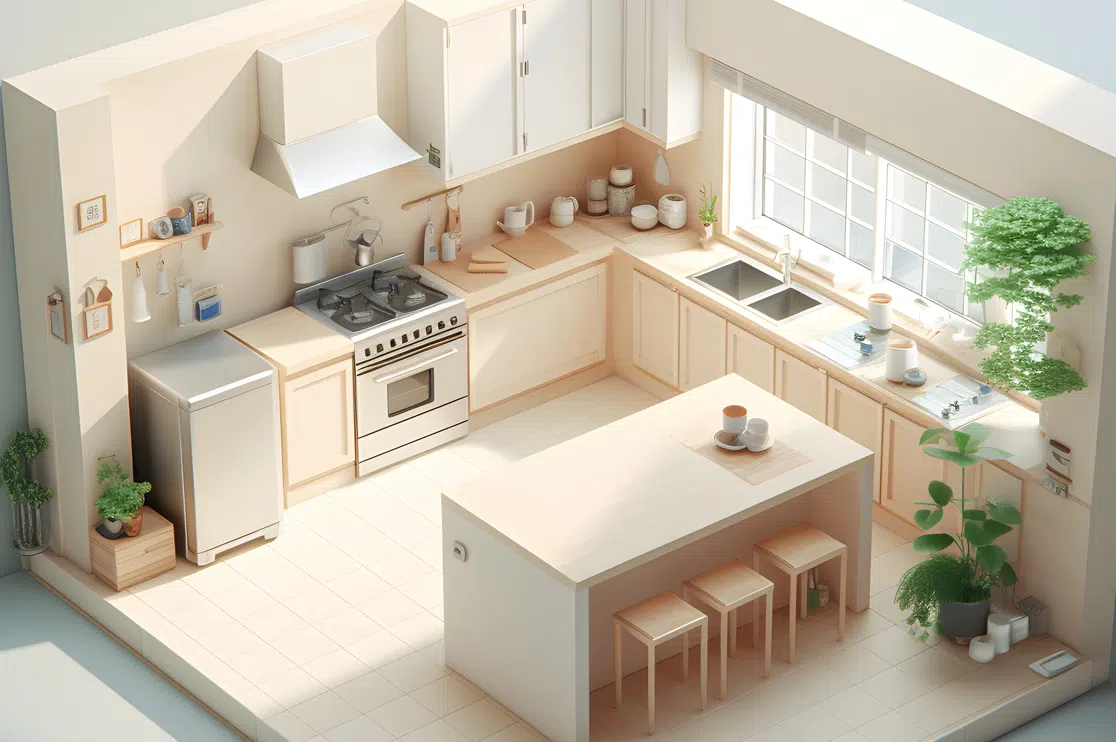 7 Stunning 3D Kitchen Design Ideas for a Perfect Remodel
7 Stunning 3D Kitchen Design Ideas for a Perfect Remodel 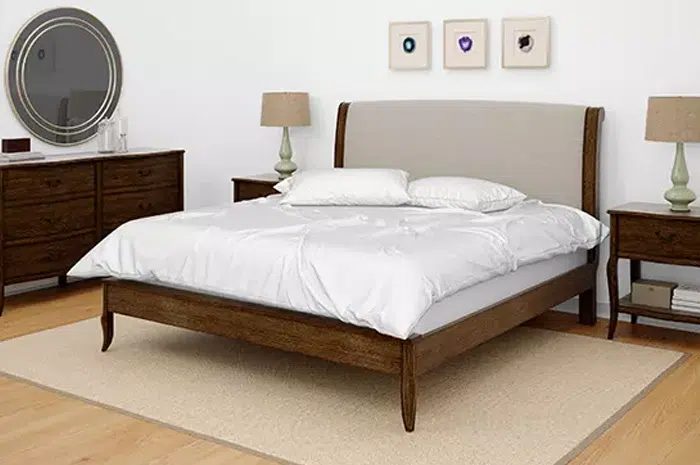 Shaker Style Furniture Trends and Key Elements Every Furniture Designer Should Know
Shaker Style Furniture Trends and Key Elements Every Furniture Designer Should Know 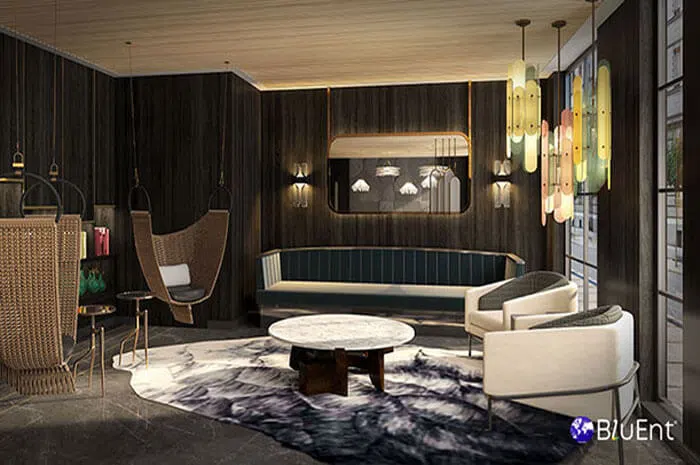 The Latest Furniture Trends for Furniture Design and Manufacturing Companies
The Latest Furniture Trends for Furniture Design and Manufacturing Companies